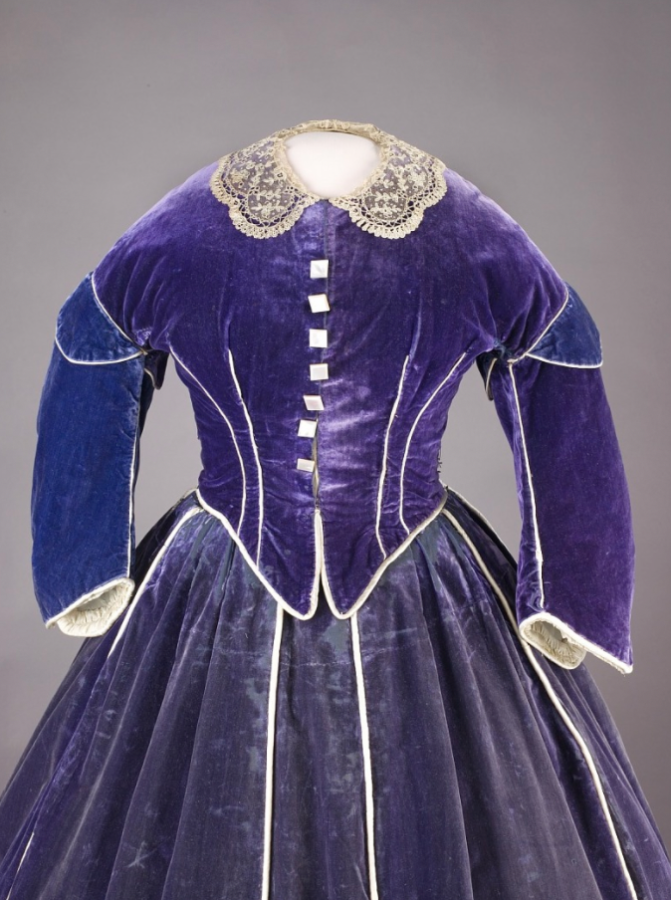White House will feature NYU student’s mixed-media collection
This spring, Steinhardt graduate student Maegan Jenkins will display a digital fashion exhibit highlighting historically underrepresented women at a White House virtual exhibition.
The White House will display Steinhardt graduate student Maegan Jenkins’ digital fashion exhibit, which highlights historically underrepresented women to explore labor and identity through fashion. (Image courtesy of Maegan Jenkins)
February 2, 2022
The work of Maegan Jenkins, a first-year graduate student in the Steinhardt costume studies master’s program, will be showcased in a digital collaboration between the White House Historical Association and the Steinhardt School of Culture, Education, and Human Development. The digital exhibit will premiere in spring 2022.
Jenkins, an inaugural digital exhibition intern at the WHHA, will cover over 100 years of fashion history through photography, portraits and press clippings in “Glamour and Innovation: The Women Behind the Seams of Fashion and the White House.” Her work is part of the WHHA’s virtual exhibition “White House Tastemakers and Trendsetters,” which examines impactful traditions and individuals in American culture.
In her project proposal, Jenkins wrote that she seeks to highlight the backgrounds of historically underrepresented women who defined the 19th and 20th centuries of White House fashion — Elizabeth Hobbs Keckley, Sally Milgrim, Nettie Rosenstein, Ann Lowe, Ethel Frankau, Karen Stark and Mary Matise.
“I knew that there was a wealth of untold dress narratives there waiting to be explored,” Jenkins said. “A few of these women had really been marginalized by society.”
Keckley, a former slave who later became a seamstress for first lady Mary Todd Lincoln, and Lowe, who designed the wedding dress of future first lady Jacqueline Kennedy but struggled financially despite the wealth of her typical clientele.
Rachel Lifter, the Steinhardt costume department director, said that Jenkins’ work represents a new take on fashion history, highlighting the importance of fashion in understanding labor and identity.
“Maegan’s project with the WHHA offers an example to our students of the big impact of our specialized field,” Lifter said. “By showing how fashion research contributes to White House and American histories, she challenges limiting notions of fashion and demonstrates its usefulness to explorations of labor and identity. Further, her work with the WHHA’s digital libraries extends the possibilities for sharing fashion history.”
The WHHA, which was founded by first lady Jacqueline Kennedy in 1961, aims to offer public access to White House history. Jenkins will work with the David M. Rubenstein National Center for White House History and the Digital Library.
“Maegan’s digital exhibit provides another opportunity to share the legacy of the White House with fellow Americans, and through a unique artistic lens,” WHHA president Stewart McLaurin wrote in a press release.
Jenkins hopes her exhibit will help viewers learn about the featured designers and how they contributed to the history of the White House and American fashion.
“Glamour and Innovation: The Women Behind the Seams of Fashion at the White House” is an exhibition that fashion lovers, history enthusiasts and a curious general public will find engaging and informative,” Jenkins said.
Contact Tori Morales Pinales at [email protected].

























































































































































